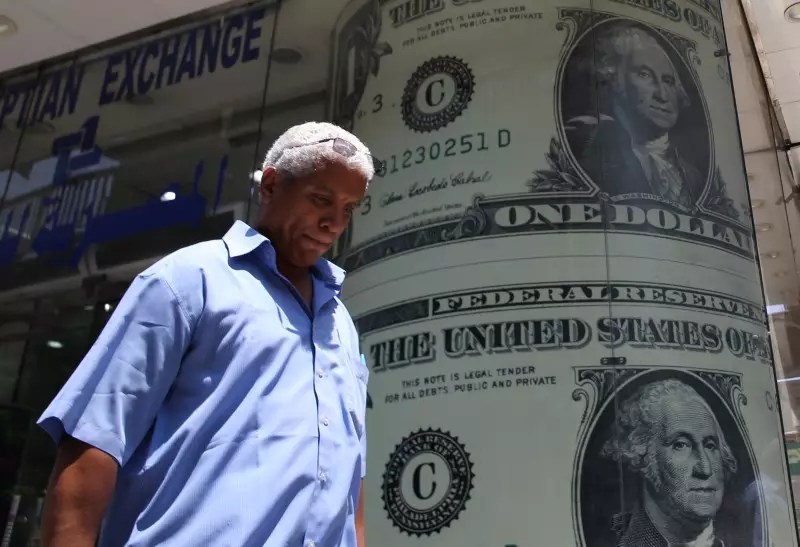The U.S. dollar experienced a decline in early European trading, following a recent rebound from seven-month lows, as investors awaited Fed Chair Jerome Powell’s speech at the Jackson Hole symposium. The Dollar Index, which tracks the greenback against a basket of six other currencies, traded 0.1% lower to 101.245 at 04:30 ET (09:30 GMT). Despite a slight recovery earlier in the week, the dollar has still seen losses of approximately 1% this week, marking its fifth consecutive losing week. Concerns over a weakening economy and expectations of an imminent interest rate cut by the Federal Reserve have contributed to this weakness.
All eyes are now on Powell’s speech at the Jackson Hole Symposium later on Friday, where he is expected to provide more guidance on interest rates and the overall economy. Analysts at ING suggest that Powell might use this speech to prepare the markets for a rate cut in September, which is already priced in and anticipated based on the previous Fed minutes and recent comments from Fed officials. The question remains whether Powell will indicate the possibility of a larger 50 basis points (bps) rate cut, either in September or later in the year. Currently, markets are pricing in a nearly three quarters chance of a 25 bps rate cut at the Fed’s September meeting, as shown by the CME FedWatch tool.
In Europe, EUR/USD traded 0.1% higher to 1.1123, approaching the 13-month high reached earlier in the week. A European Central Bank survey revealed that Eurozone consumers’ inflation expectations for the next 12 months have remained steady for the third consecutive month in July. This data could be used by ECB policymakers to support their efforts in achieving the 2% inflation goal while adjusting interest rates. ECB policymaker Martins Kazaks mentioned that there is still room for two more interest rate cuts this year, as inflation continues to follow the expected downward trend.
GBP/USD traded 0.3% higher to 1.3129, close to the 13-month high set post the release of strong activity data for August. It is worth noting that markets are anticipating more rate cuts from the Fed by the end of the year compared to the European Central Bank or the Bank of England. This disparity in rate cut expectations reflects the contrasting economic conditions and monetary policy stances between the U.S. and Europe.
The currency markets are currently focused on Powell’s upcoming speech at the Jackson Hole Symposium and its potential impact on interest rate decisions. The recent trends in the U.S. dollar, Euro, and British pound reflect the uncertainty surrounding monetary policies in major economies and the implications for currency movements. As investors await further guidance from central bankers, volatility and fluctuations in the currency markets are expected to continue in the near term.


Leave a Reply